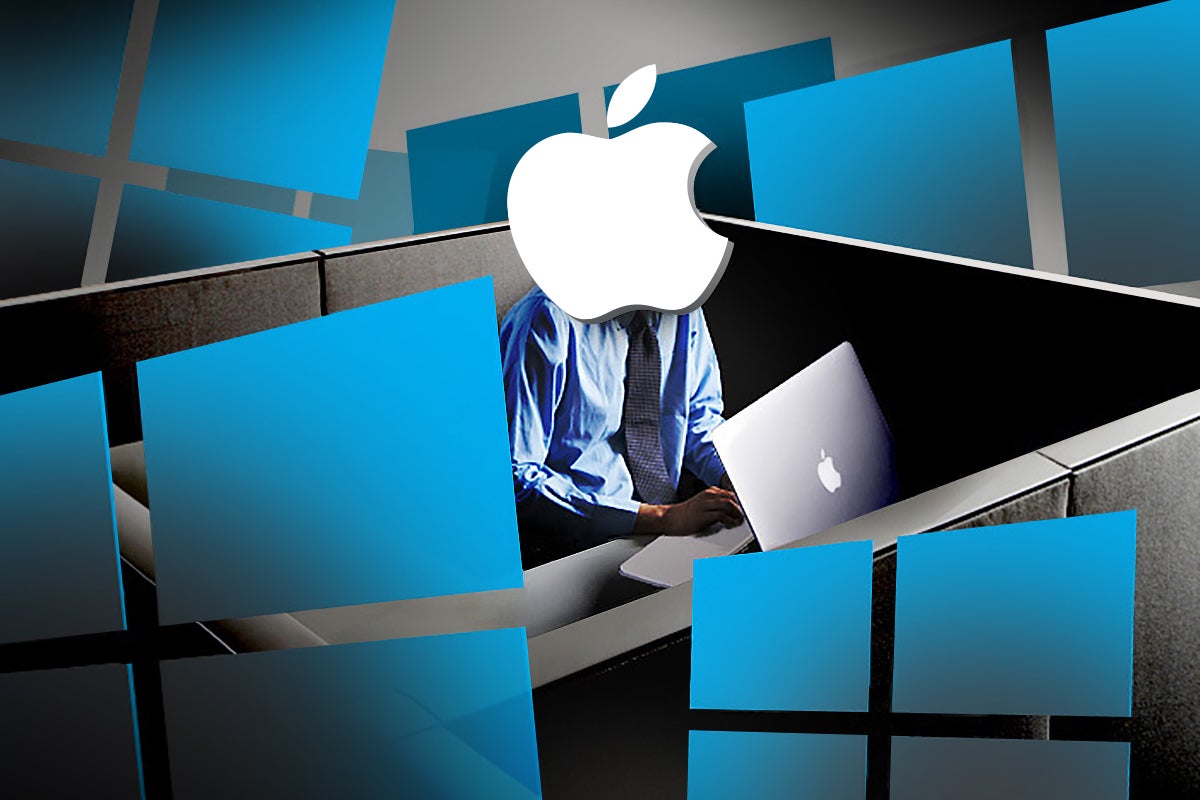
COVID-19 means just about everyone who can do so now works from home. But the rapid pace at which this happened put IT under a great deal of pressure, so, what have we learned that may help in future?
The digital transformation continues
The JNUC conference this week sees 15,000 Apple-in-the-enterprise IT staff come together, and a lot of the focus is on the challenges of rapid migration to remote work. The scale of this migration is vast, and it seems to be continuing at pace.
Microsoft Vice President Brad Anderson shared a little data to illustrate this: “We’re seeing 1.5 million new devices every seven days coming into the cloud to be managed (by Microsoft Endpoint Manager) and that’s Windows, iOS, Mac and Android.” (Italics mine.)
When offices were first forced to close and employees sent home, events took place fast. Speaking at the show, Joe Steele, the head of workplace technology at UK-based Starling Bank, said:
“I was given two days’ notice for our office workers to be working from home. They were desktop-based and they were going to have to be laptop-based. “I bought every available MacBook Pro in the UK and shipped them directly to staff homes.
“Within 48 hours, these users had gone from not having a device to having a device that was fully provisioned by Jamf with all the software, security and compliance tools they needed to work effectively from home.
“Interestingly enough, there was no feedback on what I would consider quite an incredible feat, but, you know, unless something’s broken, nobody notices IT anyway, right?”
(Mac v. Windows TCO fans may be interested Steele’s claim that he needs one support staff member to manage 20 Windows PCs, or they can manage 250 Macs.)
Climbing on board
The vast majority of Jamf employees began working remotely in early March. With a remote-first vision at the heart of the company, this was less challenging than at other comanies. CEO Dean Hager explained some of the pain points ] enterprises might face in the process of becoming remote-first and onboarding new employees:
- Cloud: If you used on-premises servers, remote working becomes a problem because of the need to maintain the on-site servers – who will be on premises?
- Landlines: Companies using traditional PBX landlines faced disruption. “We have over 1,300 people around the world. No one has a landline. Our 200 customer support people work entirely off iPhones. Because all our call routing software is cloud-based, when we all went home service was just the same as it already was,” he explained.
- Endpoints: With employees working remotely, the need to secure endpoints became critical. That’s particularly the case when every employee’s infrastructure (broadband, home security, living arrangements) is unique. The capacity to protect the device and the data held on that device become hugely important.
Hager says the change in the way we work will also change the nature of the workspace: “Going forward, Jamf facilities will be a service to employees, not an expectation of them.”
How onboarding changed at Evernote
Evernote Senior IT Manager Shams Mansoor discussed how remote working has changed the onboarding experience. He explained how before the pandemic, onboarding had included an hour-long hardware orientation and set-up session; this has now been replaced by remote set-up and self-service support.
As the pandemic hit, Evernote automated many onboarding processes using OneLogin, BetterCloud and Jamf. “All we have to do is send the laptop, employees open it up and it’s set up with what they need,” he said.
“This reduces the time around orientation, so employees know what and how to use our IT. We try our best to make sure new hires don’t need to contact IT on the first day.
“The processes and what we have learned – we’ll keep this forever.”
To help onboard new staff, Mansoor’s advice is:
- Automate where possible.
- Make IT support available where employees are (chat, self-service, etc).
- Create a self-help wiki to help staff solve problems themselves.
- Build an easy-to-use unified ticketing system.
Jay Srinivasan, co-founder and CEO of atSpoke, explained SaaS confusion.
Most companies use dozens of different SaaS apps, which means employees often spend a great deal of time just trying to find the right place to get help for a specific SaaS function, or attempting to figure out how to resolve challenges themselves.
This is an even bigger problem for remote workers and new hires.
His advice? Build a single, clear source for information concerning all the apps used at your company, automate where possible and develop a transparent and easy to access support request system.
Everyone in IT seems to agree that support tickets are more than administrative – they help IT identify trends and winnow out more trivial (yet frequent) support requests that can be serviced by users themselves with help from a support wiki. It’s wise to use this data to improve support and enable support staff to focus on bigger problems.
That zero-touch thing
For many enterprises, rapid remote deployments were made easier through use of tools for remote configuration.
With this in mind, Jamf’s biggest news at JNUC was its much-improved Jamf Connect solution, which combines user management tools from Apple (Apple Business Manager) and Microsoft (Endpoint Security, Azure). One example of this – employees can set up, provision and begin using a completely new Mac by simply opening the machine and using Face ID on their iPhone, thanks to Jamf Connect’s integration with Apple and Microsoft Azure.
That differentiation between Apple as a consumer-focused company and Microsoft for the enterprise continues to erode.
Jeremy Butcher, Apple’s Enterprise and Education Product Manager, said: “The idea that there needs to be a distinction between enterprise-grade security and consumer grade security is kind of a fallacy. Why shouldn’t everyone have amazing security?”
Please follow me on Twitter, or join me in the AppleHolic’s bar & grill and Apple Discussions groups on MeWe.



